5 Spectacular Types of Tea Parties You’ll Love
TEATIME NOTES
Find tips, recipes, and articles to increase your delight and enjoyment of tea.
5 Spectacular Types of Tea Parties You’ll Love
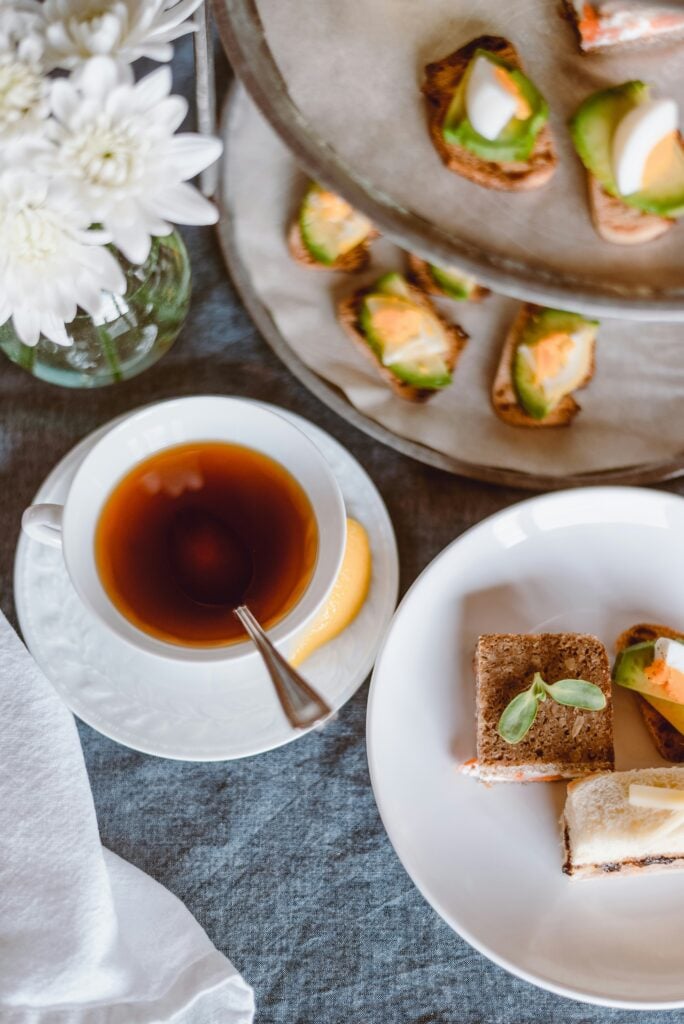
Fascinating Facts You Need to Know About Afternoon Tea
If you are a tea enthusiast chances are you’ve indulged in the delight that is afternoon tea, but have you explored other types of tea parties?
You know you absolutely love everything about afternoon tea: The teacups and saucers, teapots full of warm steaming tea, and a plethora of sandwiches, sweets, and scones. It’s delicious, but there are so many more kinds of tea you can have - that you must try!
Thanks to popular shows like Downton Abbey and Bridgerton, afternoon tea is starting to become more of a sought-after enjoyment. We can never have enough tea!
But, do you know where afternoon tea came from in the first place? Do you know there are other versions of tea time like high tea, cream tea, and royal tea? Today, we’ll explore types of tea parties and gatherings and what makes each one different from the next.
How an Afternoon Pick-Me-Up Became a Tradition
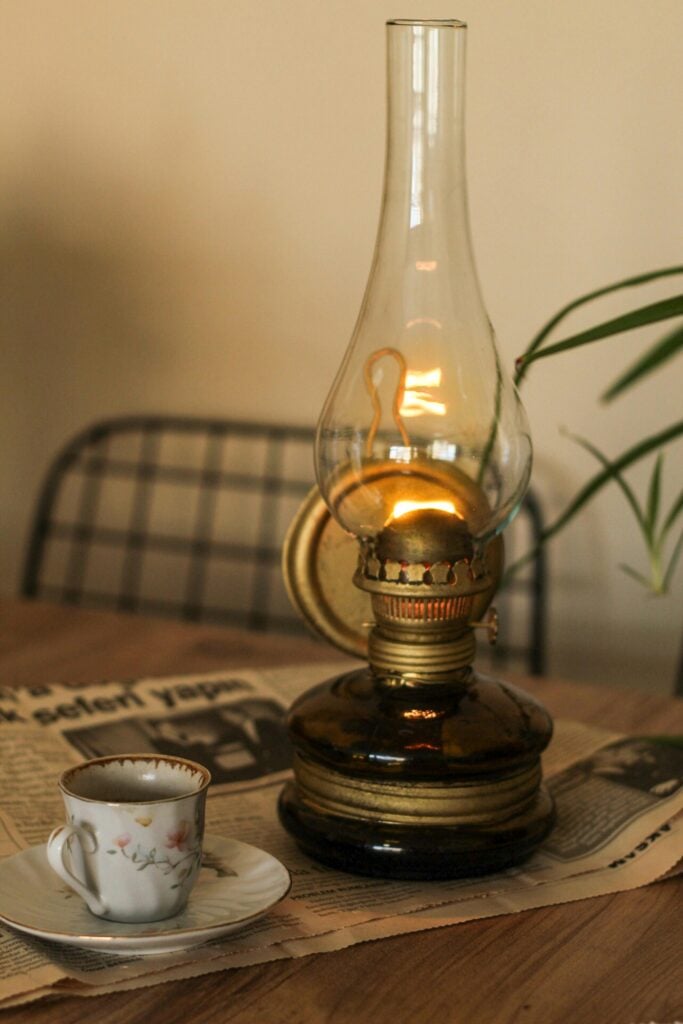
You might be surprised to hear that afternoon tea came about quite by accident, thanks to the invention of the kerosene lamp in 1840.
At the time aristocratic families ate only two meals a day — a large breakfast and a hearty and elaborate dinner. After artificial light replaced candles those dinners were taken later in the evenings around 8 o’clock. One woman, in particular, was not fond of this routine.
A Humble Afternoon Snack
Anna, the Duchess of Bedford, found the long wait between meals unbearable and would complain about a “sinking feeling” in her stomach. She began to order tea, bread, and cakes to her room around 4 o’clock to ease her hunger in between breakfast and dinner.
It wasn’t long before she started to invite her friends to share in her casual pick-me-up afternoon snack. This became the first official type of tea party that would turn into afternoon tea.
A Cake for Queen Victoria
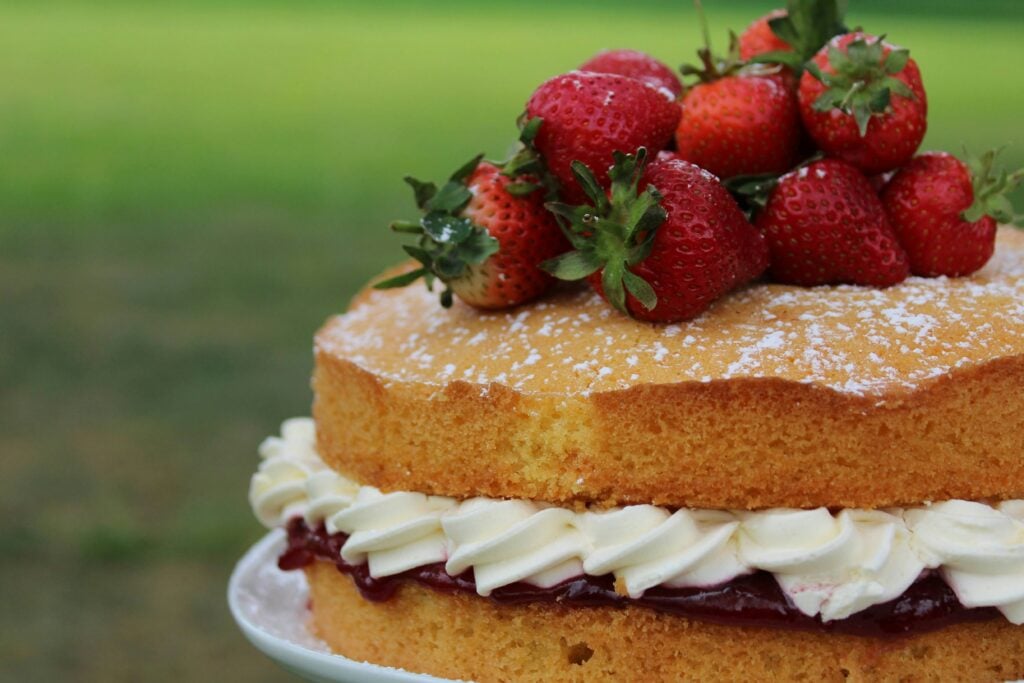
The Duchess traveled to London, where she introduced her afternoon tea tradition to her friend Queen Victoria. The Queen also left her influential mark on afternoon tea.
Queen Victoria requested that a sponge cake layered with cream and fresh raspberries be served as well. Today, this dessert is known as the Queen Victoria Sponge Cake.
Afternoon tea is one of the most popular and recognized types of tea parties in the Western world. Afternoon tea was a relaxing and calm occasion that involved sitting in parlor chairs among shorter, low tables — or coffee tables — as opposed to a taller dining table. For this reason, afternoon tea was also called “Low Tea”.
From Anna’s Bedroom to the Drawing Room and Gardens
The news of such pleasant and delicious afternoon tea gatherings spread across the town and then the country. It inspired different types of tea parties to emerge!
The knowledge of this new midday outing spread across the country. Soon it became a tradition for the aristocrats to have fashionable tea in the afternoon.
Wealthy ladies would dress up and make a big to-do of afternoon tea — later on, men would start to join them in their festivities. What started as a private small meal in the Duchess’ bedroom soon became a regular public event that was enjoyed in drawing rooms and even in the finest gardens across England.
5 Types of Tea Parties for You to Enjoy
Tea time can be as complex or as simple as you want. But each kind of sit-down tea has specific characteristics that have changed surprisingly little throughout history. You might say “high tea”, “afternoon tea”, and “royal tea” interchangeably but each type of tea party has unique and fun details.
Afternoon Tea and Low Tea
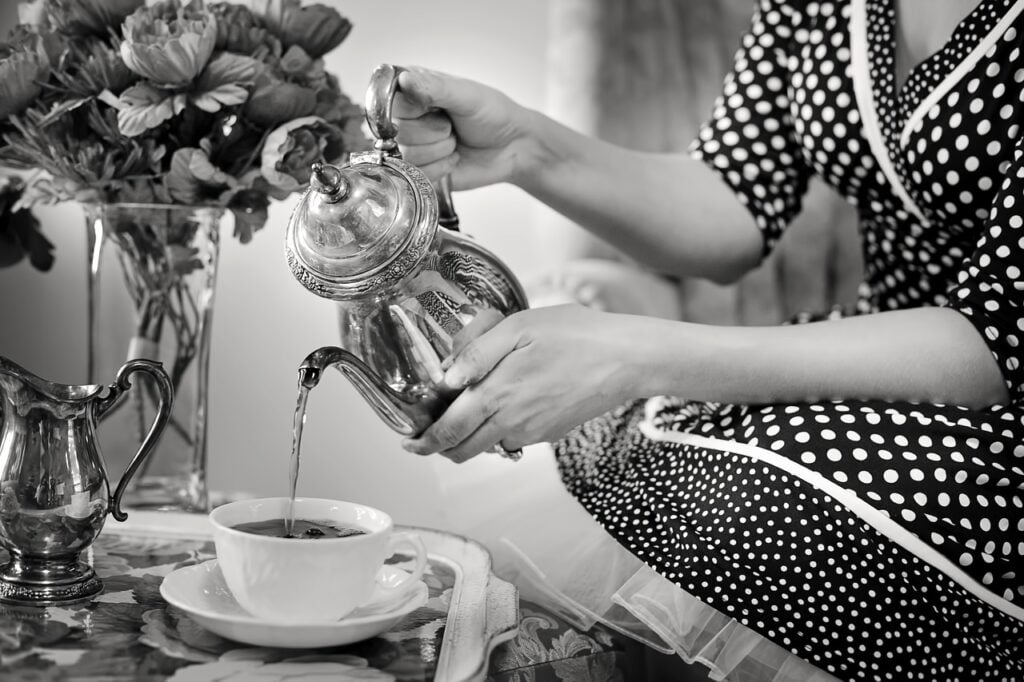
If you are a tea enthusiast, chances are you’ve had your fair share of delicacies and petit desserts during afternoon tea. The picture-perfect afternoon tea consists of crustless finger sandwiches, and an assortment of desserts, savories, and scones — served on a tiered stand — all presented alongside a hearty pot of tea.
Afternoon tea is more suited as a type of tea party for marking a celebration as opposed to an everyday ritual. You can make the occasion extra special by choosing a classic theme for your party. You don’t have afternoon tea in its entirety every single day — not unless you’re a member of the Royal Family.
Afternoon tea was once called low tea and was enjoyed at coffee tables, which are lower than dining tables. But today, most afternoon teas are enjoyed on standard-height dining tables. But just because you take your fancy afternoon tea on a high table doesn't mean that you should call it “High Tea”.
High Tea
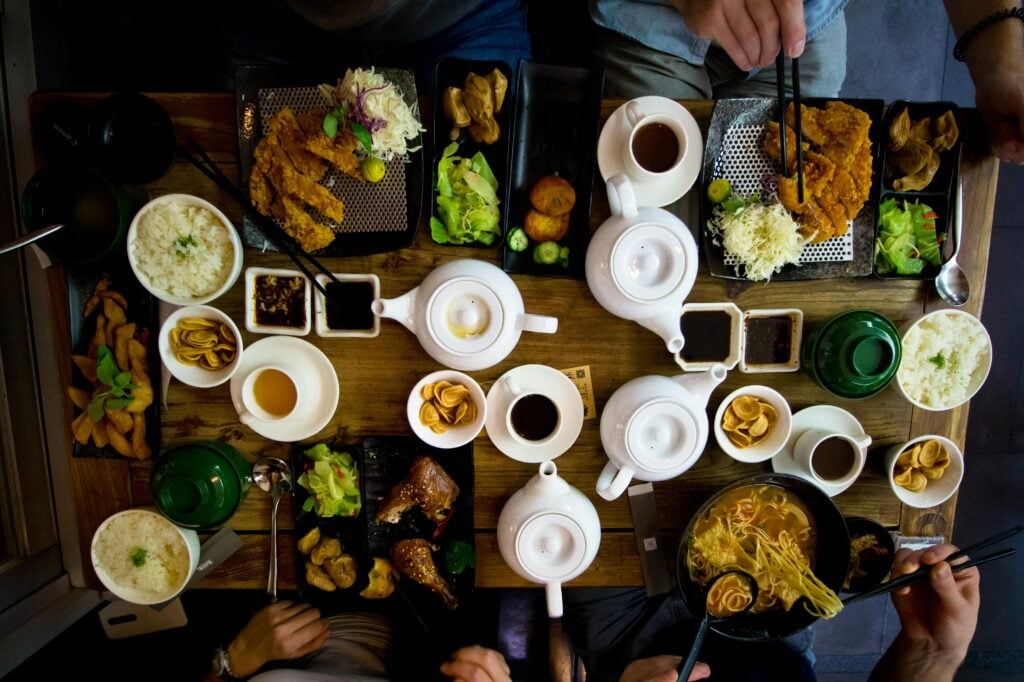
You might be surprised to find that afternoon tea is nothing like high tea. A lot of people assume that high tea refers to a high-class society type of event. After all, afternoon tea is usually enjoyed during special occasions and these events feel very high class.
But the origin of high tea has nothing to do with high society — in fact, it’s quite the opposite.
High tea was not associated with the aristocrats of society, but rather with the working class. While aristocrats enjoyed a large breakfast and dinner — with afternoon tea in between — the working class ate breakfast and lunch, and they had “tea” — or dinner — around 6 o’clock. There is still a large portion of Northern Englanders who call dinner or supper “tea”.
High tea can be a type of tea party with a traditional hearty dinner, accompanied by a pot of tea, and eaten on a high table — or a regular dining table. High tea doesn’t have petite cakes, small savories, and crustless finger sandwiches. High tea may have traditionally consisted of a roast, potatoes, and a satisfying bold tea to fill you up at the end of a hard working day.
Cream Tea and Strawberry Tea
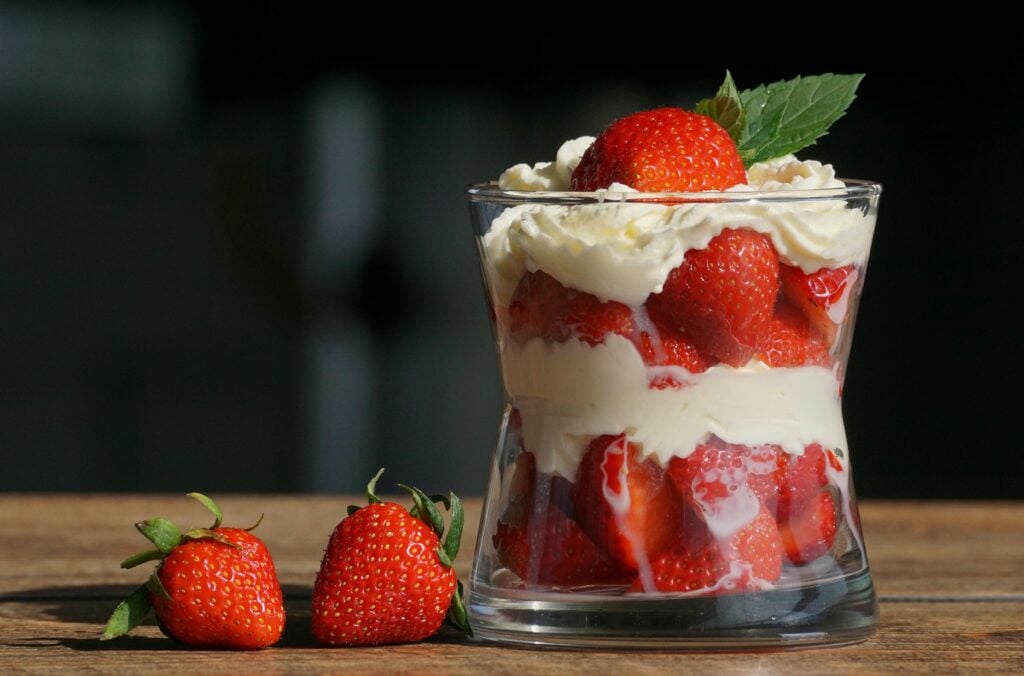
If you want all the enjoyment of a midday pot of tea without the heartiness of afternoon tea, cream tea might be one of your new favorite types of tea parties. Cream tea is a simple light afternoon snack that includes a pot of tea and a scone with Devonshire cream and fruit preserves — usually strawberry.
Cream tea is regularly enjoyed all over Britain, in the same way Americans enjoy an afternoon cup of coffee. At a cream tea, a freshly baked scone is sometimes cut in half and a dollop of Devonshire cream and fruit preserves is plopped onto each side of the scone. Cream tea is called “Strawberry Tea” when fresh strawberries are in season and served alongside your fresh scone.
Light Tea
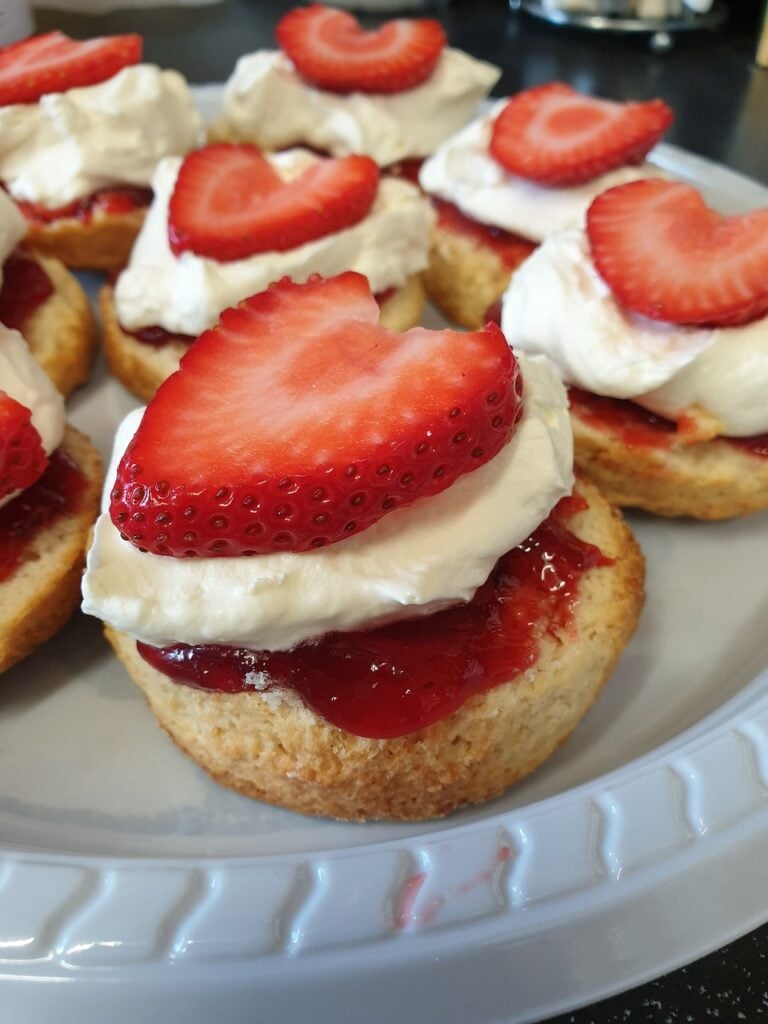
If afternoon tea is too heavy and cream tea is too light, then a light tea might be one of the best types of tea parties for you. A light tea will also satisfy your sweet tooth!
Scones, Devonshire cream, preserves, and desserts are served with a delicious pot of tea. A light tea is heavy enough to stave off those pesky hunger pains, but not so large that it will interrupt your dinner plans. This tea-time snack is also enjoyed in the afternoon between lunch and dinner.
Royal Tea or Champagne Tea
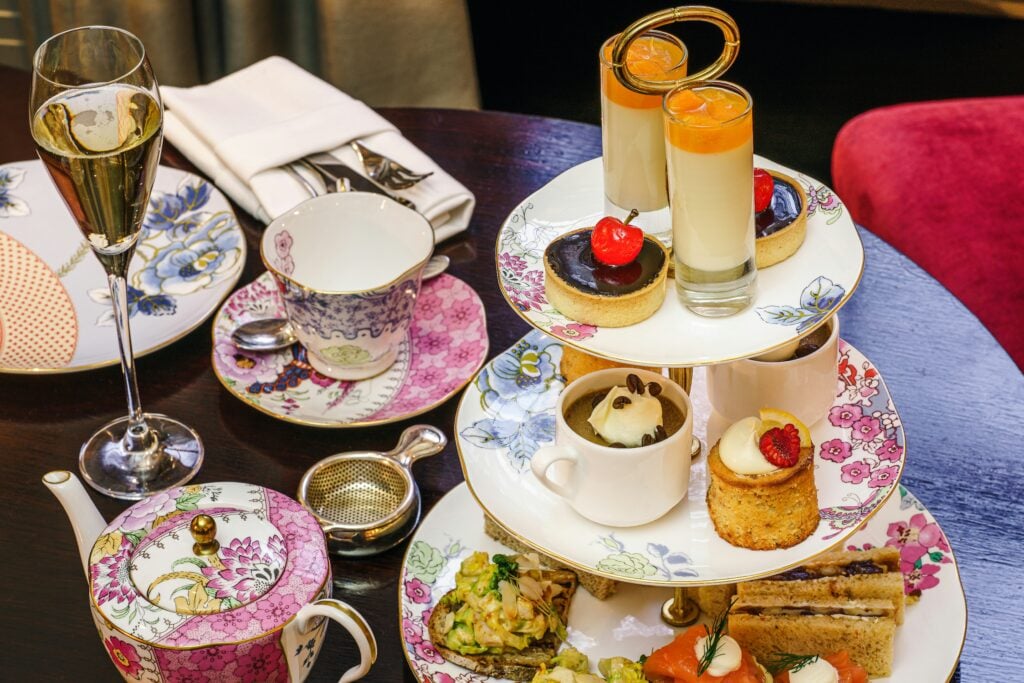
If you like the idea of toasting a little bubbly and sipping on tea, the royal tea — or champagne tea — might be one of your new favorite types of tea parties. Royal tea is exactly the same as afternoon tea — complete with scones, sandwiches, sweets, and tea — but it’s accompanied by a glass of champagne. Royal tea and champagne tea are names that can be used interchangeably for this kind of event.
Teaware for All of Your Afternoon Tea Needs
All of these types of tea parties are never complete without a beautiful teapot, cups, and saucers. Teabloom is your home for exquisite hand-crafted teaware that’s not only gorgeous but can help with your health and well-being.
Teabloom is on a mission to clean up the tea industry for the better, and they believe that this journey starts with the materials your teaware is made from. When you switch from porcelain to borosilicate glass, you can steep tea that tastes pure and clean. This sustainable material doesn’t leach toxins into your tea, and it’s durable and stain-proof.
Here you can find double-walled teacups, teapots with infusers, tea kettles, and more for all your afternoon tea party needs. Make your daily pot of tea a healthy and happy habit with Teabloom.



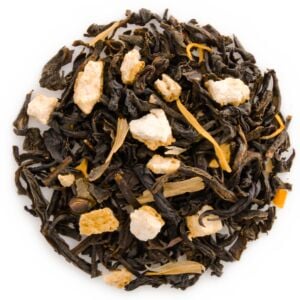
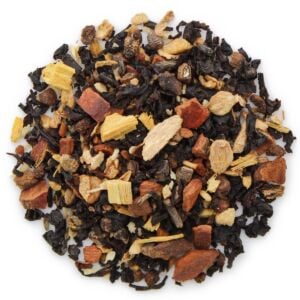
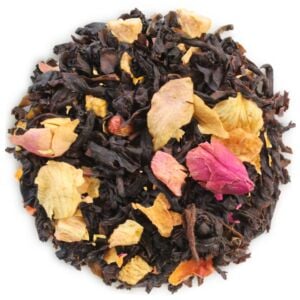

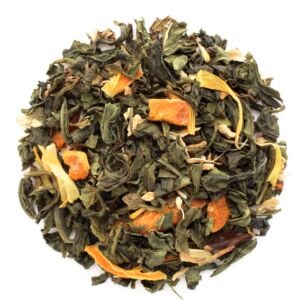
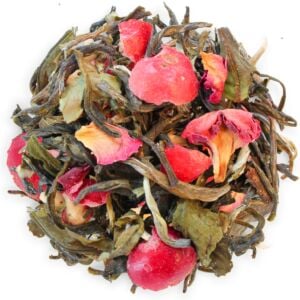
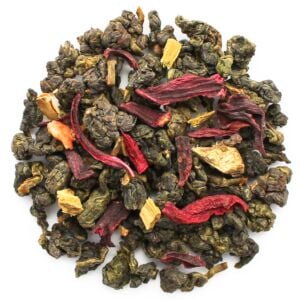
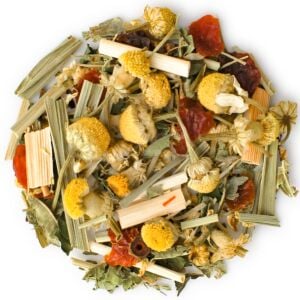
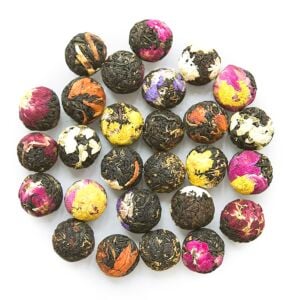


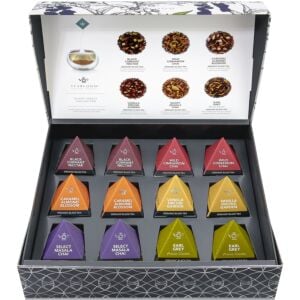
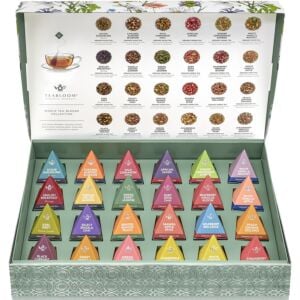



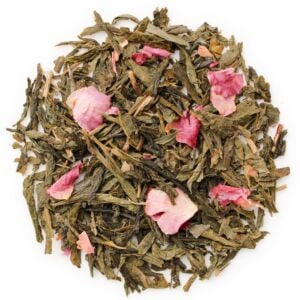

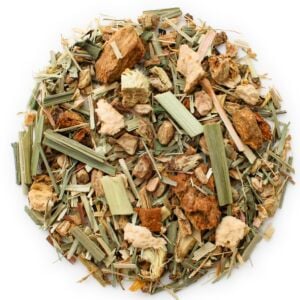

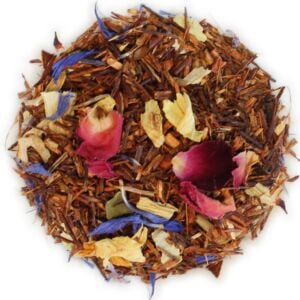
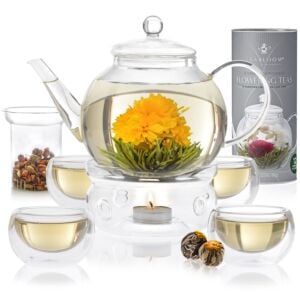
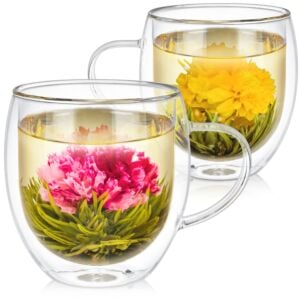
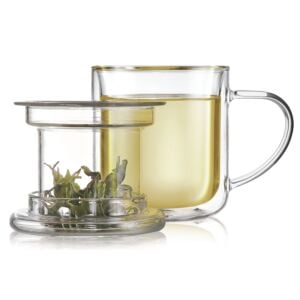
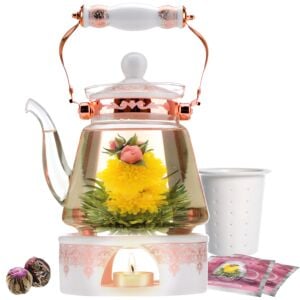
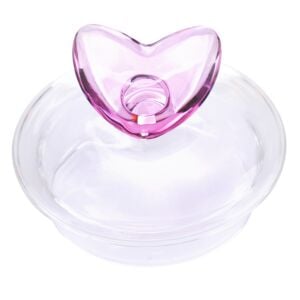
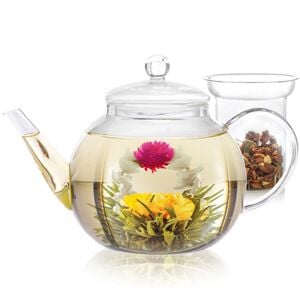


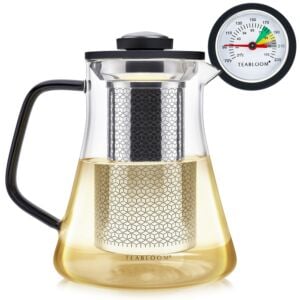
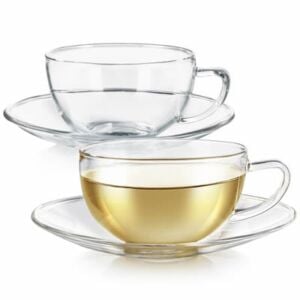
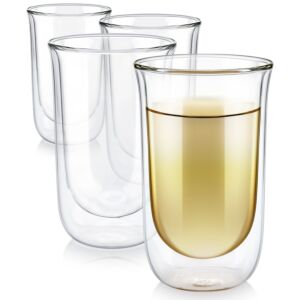
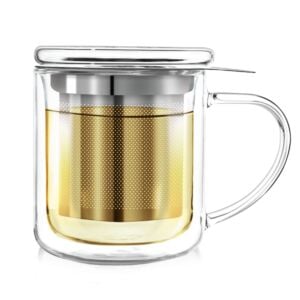
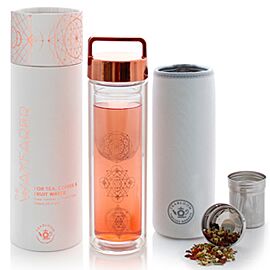

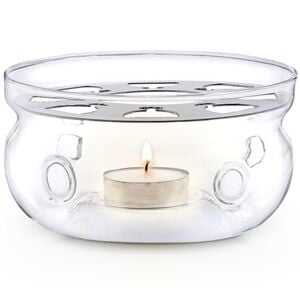
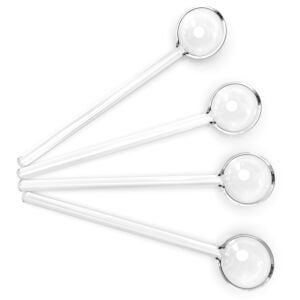
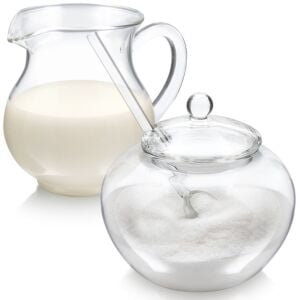
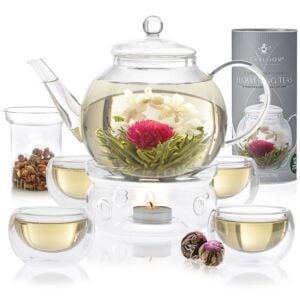
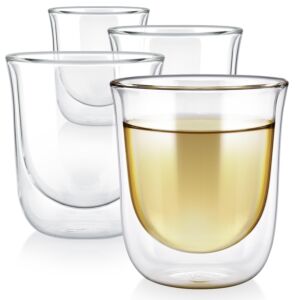


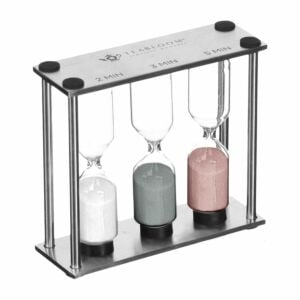
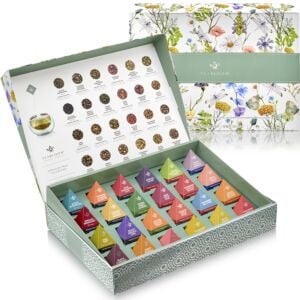

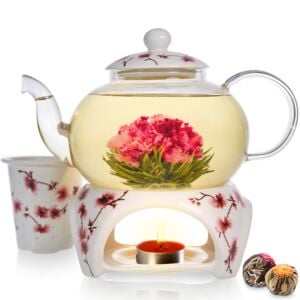
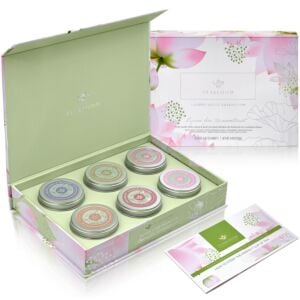

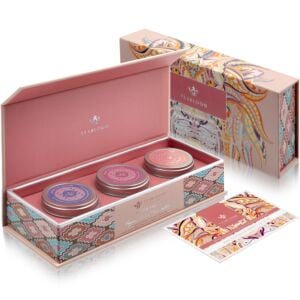



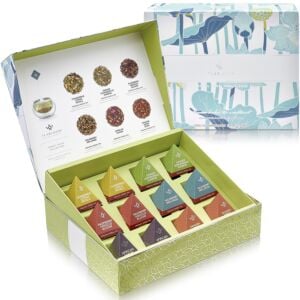
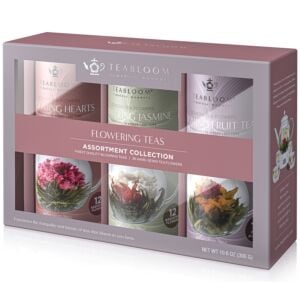


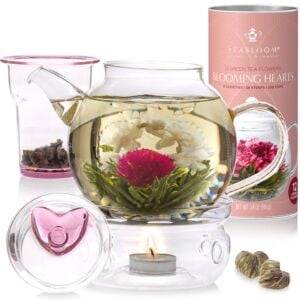

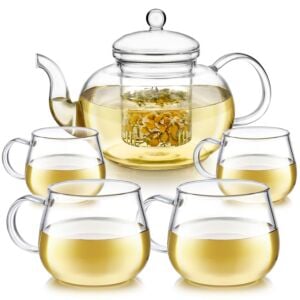



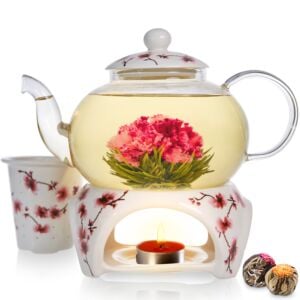
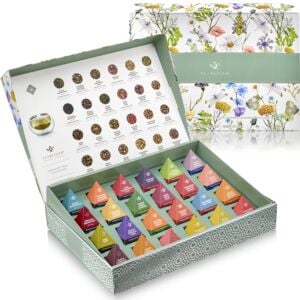
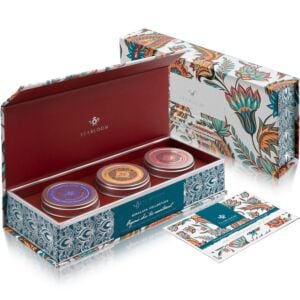
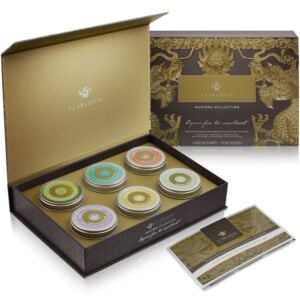


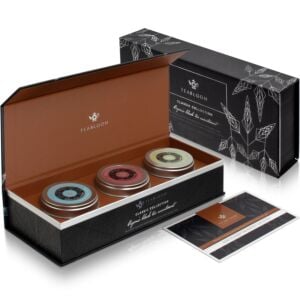



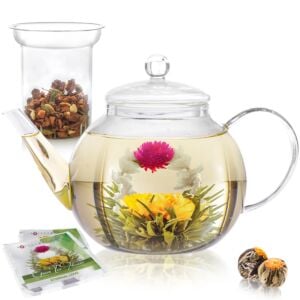
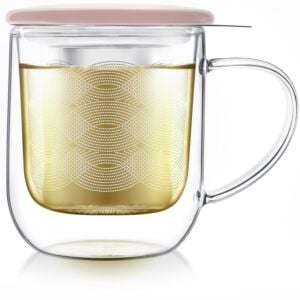

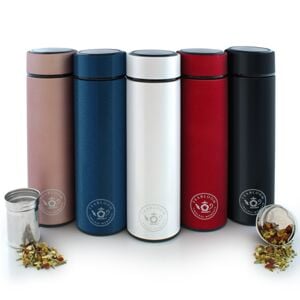
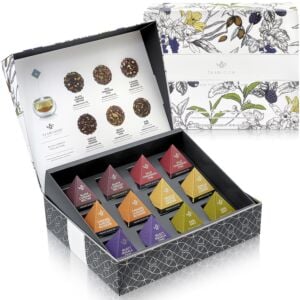


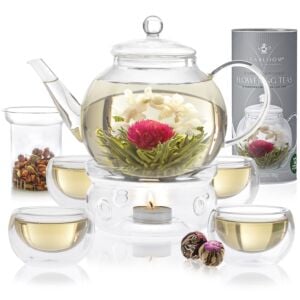
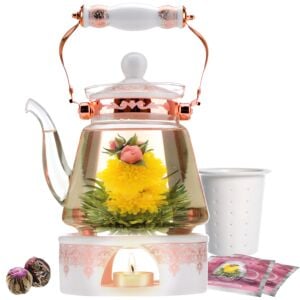
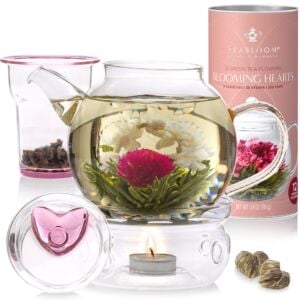


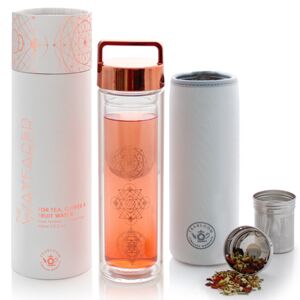

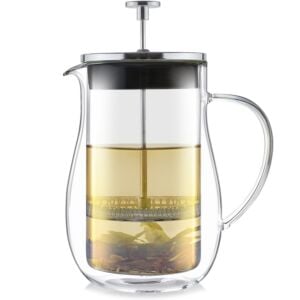

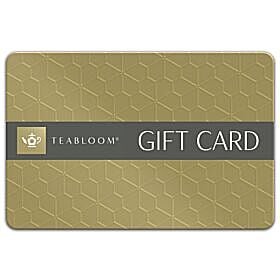
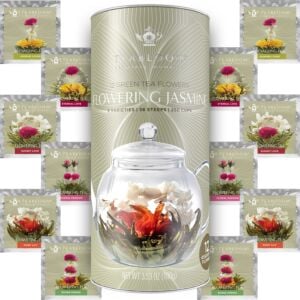


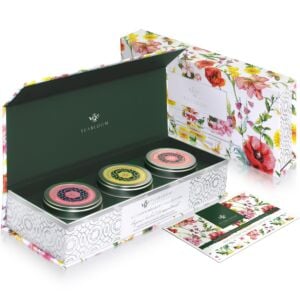



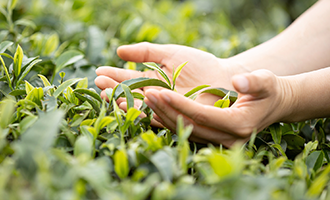
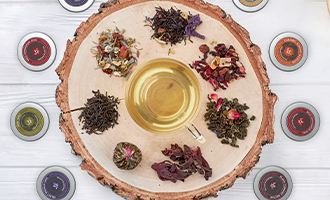
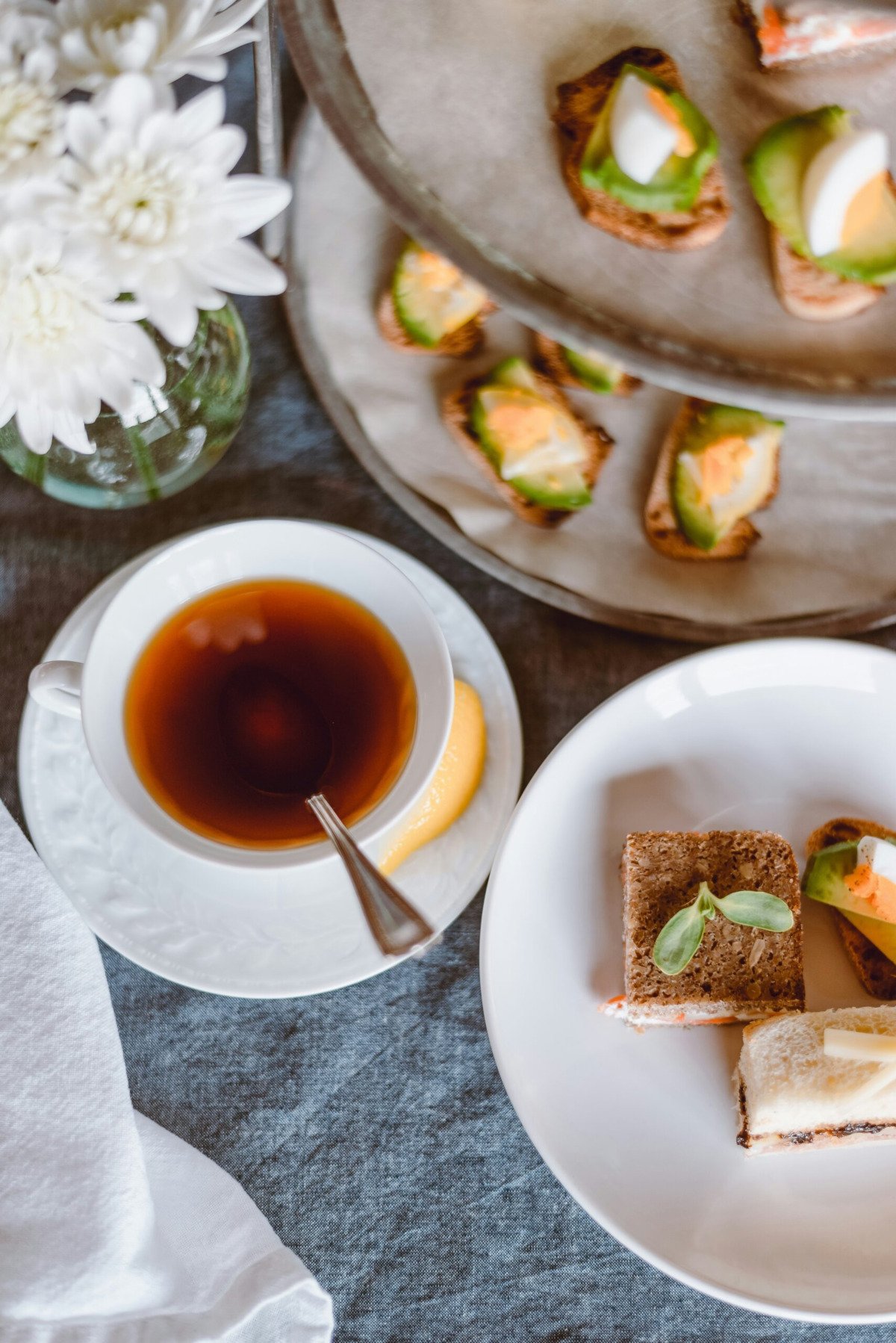

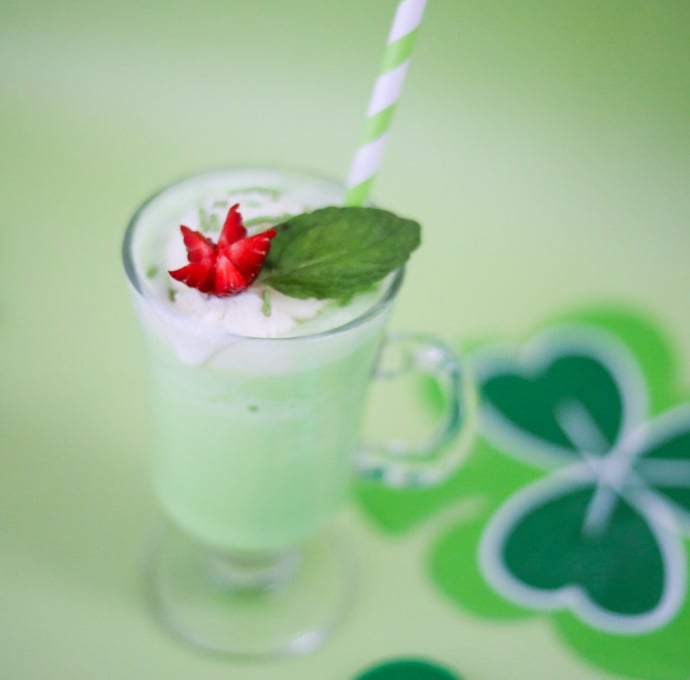
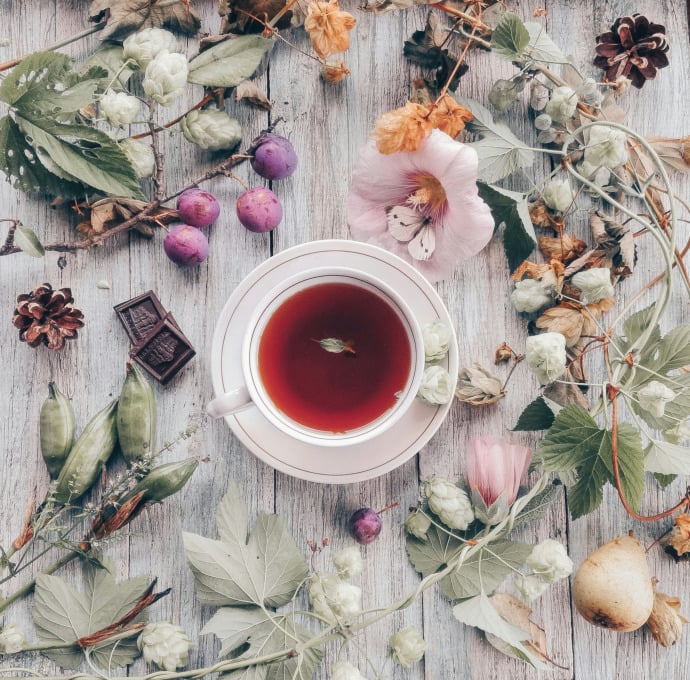
Share your thoughts